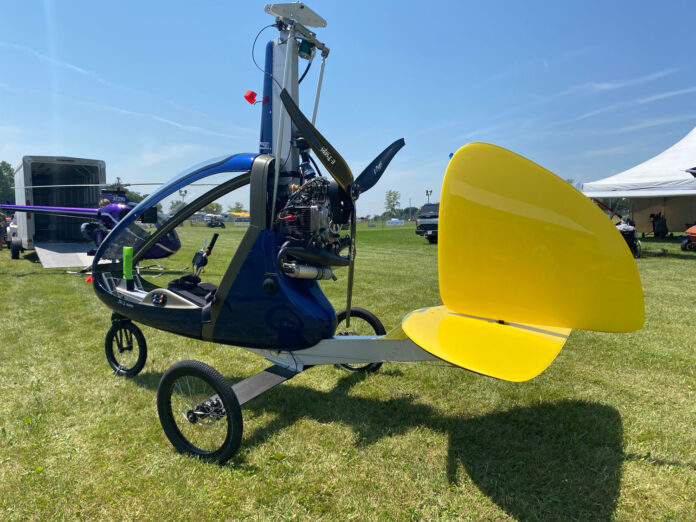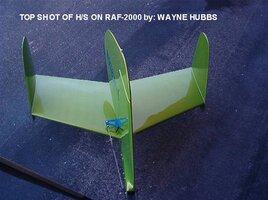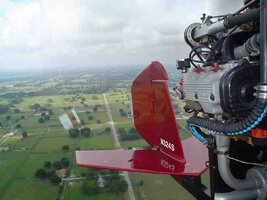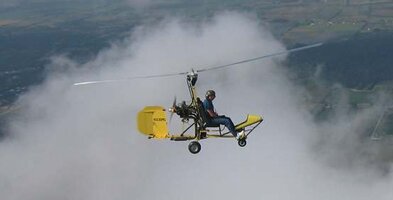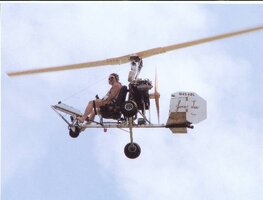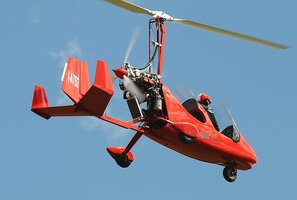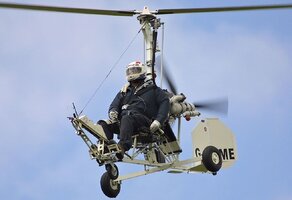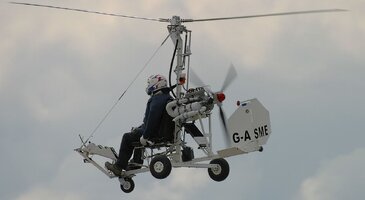rancherman
Active Member
I noticed on a couple of POV videos, that during a right turn/bank, the stick is held mostly right of center during the duration of the turn.
During a left turn, the stick is momentarily moved to the left, but to maintain the banking angle for rest of the turn, the stick seems to be a little right of center.
Is this due to the leading/retreating effect of the rotor.. or cross wind effect for that particular turn.. or a little of both?
During a left turn, the stick is momentarily moved to the left, but to maintain the banking angle for rest of the turn, the stick seems to be a little right of center.
Is this due to the leading/retreating effect of the rotor.. or cross wind effect for that particular turn.. or a little of both?

